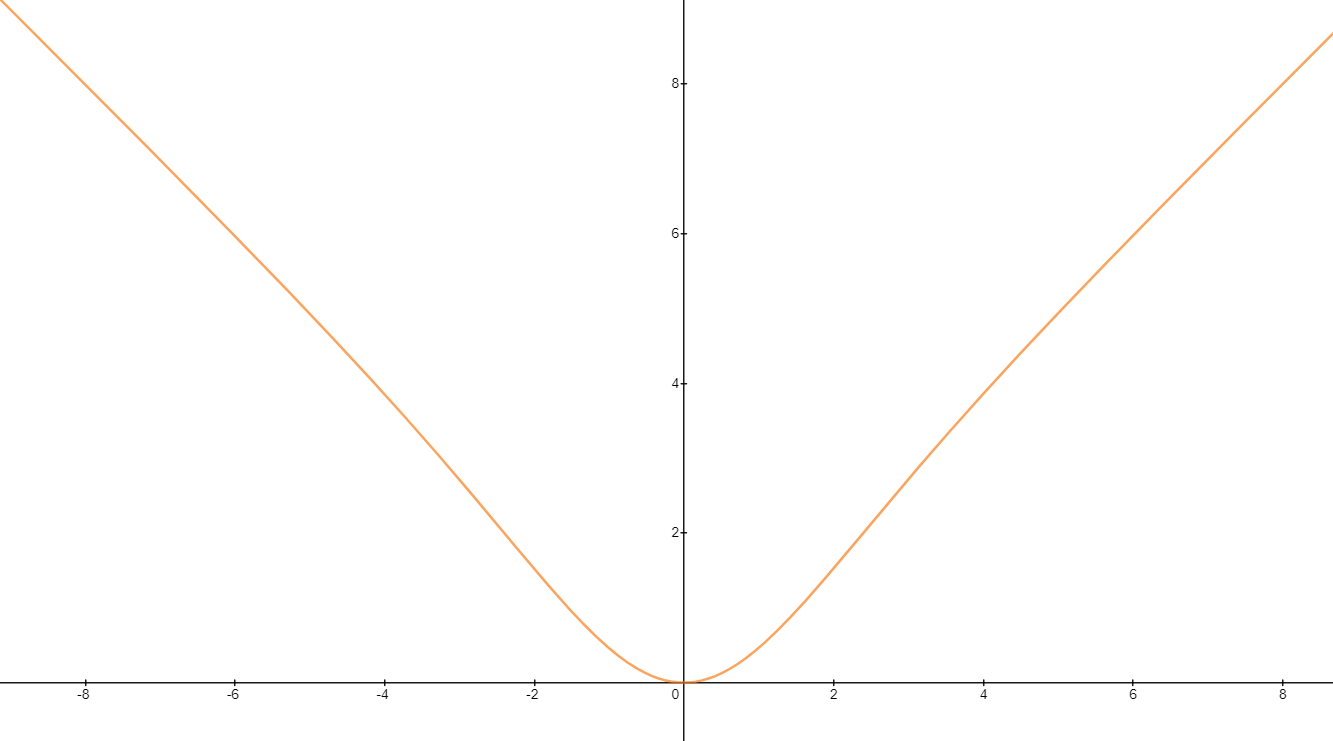Deep Neural Network Sandbox for Javascript
Train a neural network with your data & save it's trained state!
Demo • Installation • Getting started • Docs • Contribute • Discord • License
Installation
CDN :
<script src="https://cdn.jsdelivr.net/gh/matiasvlevi/[email protected]/build/dann.min.js"></script>
Node :
npm i dannjs
Getting started
Node Imports
Object types from the library can be imported like this
const dn = require('dannjs');
const Dann = dn.dann;
const Layer = dn.layer;
const Matrix = dn.matrix;
The objects containing functions can be imported this way
const dn = require('dannjs');
const lossfuncs = dn.lossfuncs;
const activations = dn.activations;
const poolfuncs = dn.poolfuncs;
Basic model construction
Setting up a small (4,6,6,2) neural network.
const nn = new Dann(4,2);
nn.addHiddenLayer(6,'leakyReLU');
nn.addHiddenLayer(6,'leakyReLU');
nn.outputActivation('tanH');
nn.makeWeights();
nn.lr = 0.0001;
nn.log({details:true});
Train by backpropagation
Training with a dataset.
//XOR 2 inputs, 1 output
const dataset = [
{
input: [0,0],
output: [0]
},
{
input: [1,0],
output: [1]
},
{
input: [0,1],
output: [1]
},
{
input: [1,1],
output: [0]
}
];
//train 1 epoch
for (data of dataset) {
nn.backpropagate(data.input,data.output);
console.log(nn.loss);
}
Train by mutation
For neuroevolution simulations. Works best with small models & large population size.
const populationSize = 1000;
let newGeneration = [];
for (let i = 0; i < populationSize; i++) {
// parentNN would be the best nn from past generation.
const childNN = parentNN;
childNN.mutateRandom(0.01,0.65);
newGeneration.push(childNN);
}
Demo:
AI predicts San-francisco Housing prices.
more examples & demos here
Contribute
Report Bugs
Socials


Contact
License
MIT










